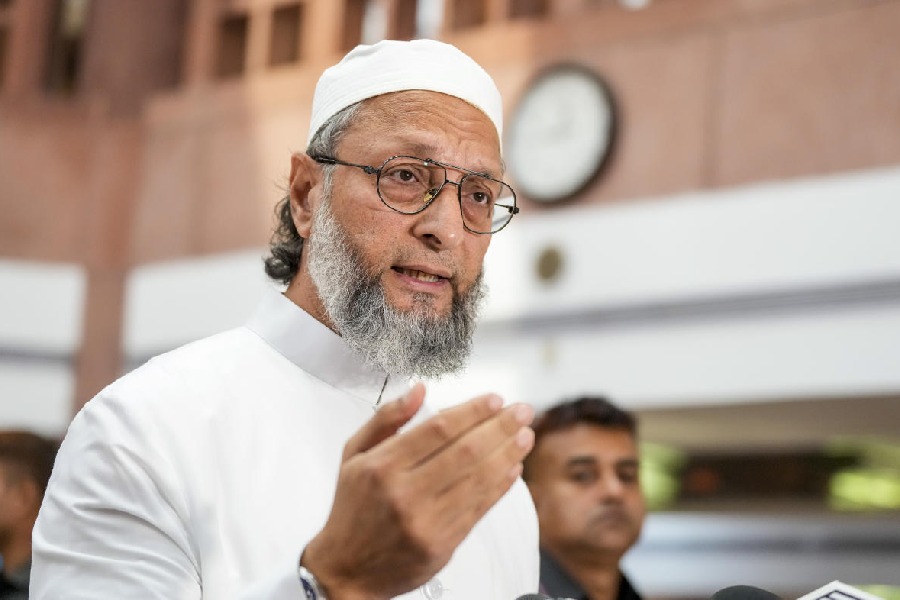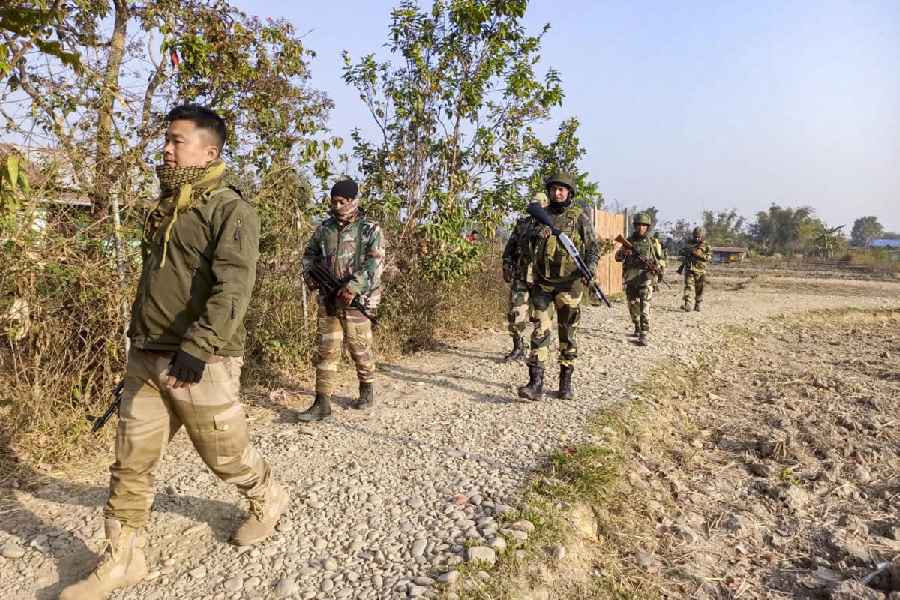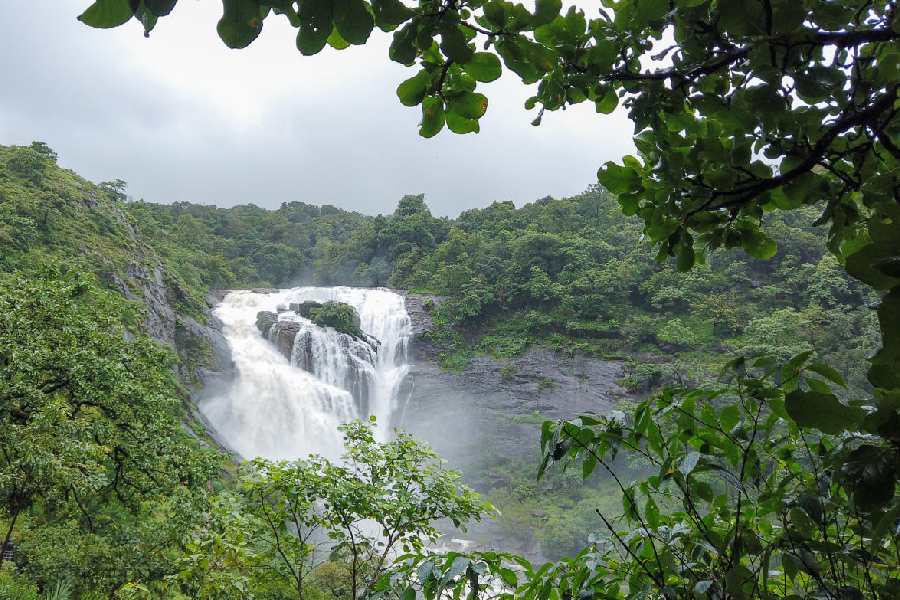 |
The state will get an additional 330MW in its kitty of central sector allocation from the Barh thermal power plant where the trial run will start by the end of this month.
The state’s energy dreams are expected to get a boost once commercial operations start at the plant’s first 660MW unit of Stage II between October and November. An NTPC official The Telegraph spoke to said the trial run of the plant is expected to take three-four months after it starts by the end of June.
A trial run or synchronisation process is a crucial step before a plant is declared ready for commercial operations.
The NTPC official said: “To commission a power plant, a synchronisation process or trial run has to be put in motion. Under this process, the plant is connected to the grid concerned to see the load factor and ensure if all aspects of the plant are working correctly before start of operations.”
Asked why the synchronisation process takes three to four months, a source said: “The plant is not run at 100 per cent plant load factor — the measure of capacity utilisation of a plant — as various tests and trials are conducted regularly during this process. Initially, 50 to 60MW of power will be generated at the Barh plant that would be increased to 600 to 660MW by the end of trial run.”
Once the trial run at the Barh plant is over, the state is likely to receive 330MW more as part of its central sector allocation. The Centre accepted the state’s pending demand of 50 per cent allocation from Barh’s Stage II 1,320MW plant.
The second 660MW unit of the plant’s Stage II would be made operational by September 2014. The state government, however, would get 26.5 per cent from the three 660MW units of Stage I — 523MW — that would be complete by the end of 2016.
At present, Bihar gets 1,200-1,400MW against the scheduled allocation of 1,985MW from the central sector. The additional allocation would help the state government tide over problems of power shortage to some degree as Bihar banks heavily on the central allocation to meet its peak-summer energy requirement of around 3,000MW.










